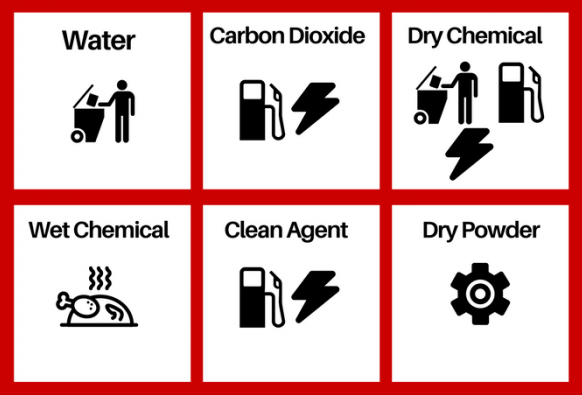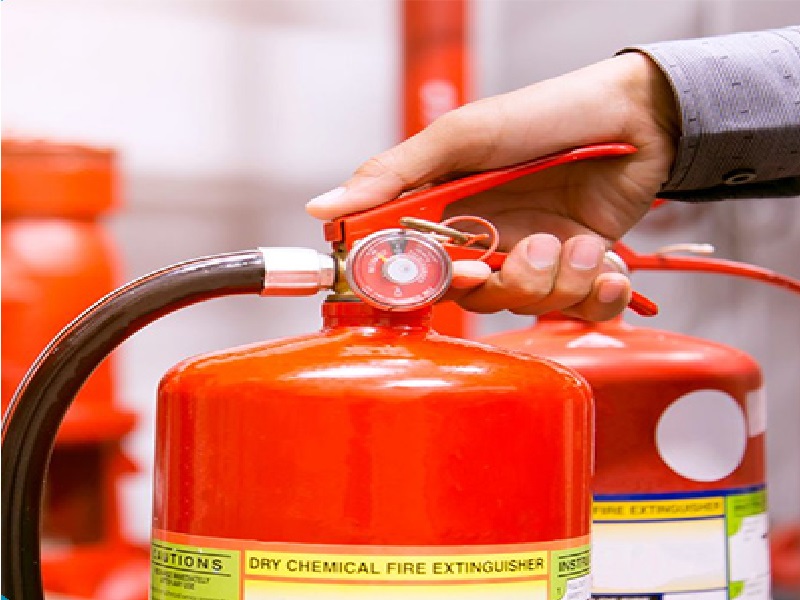Fire Extinguisher
One of the most prominent products/solutions at Network Techlab is the specially designed Fire Extinguisher system, a revolutionary fire safety solution to keep safe what’s precious. A fire extinguisher is an active fire protection device used to extinguish or control small fires, often in emergency situations.
A fire extinguisher is quite like a giant aerosol with two different substances inside. One of them is a solid, liquid, or gas substance for fighting the fire. The other one is called a propellant and is a pressurized chemical that makes the fire-fighting substance come out when you press the extinguisher handle.
We at NTIPL provide all three major types of extinguisher that work in slightly different ways:
- Water extinguishers, which are the most common, are essentially tanks full of water with compressed (tightly squeezed) air as the propellant to make them come out. Water extinguishers work by removing heat from the fire.
- Dry chemical extinguishers are tanks of foam or dry powder with compressed nitrogen as the propellant. They work by smothering the fire: when you put a layer of powder or foam on the fire, you cut the fuel off from the oxygen around it, and the fire goes out.
- Carbon dioxide (CO2) extinguishers contain a mixture of liquid and gaseous carbon dioxide (a nonflammable gas). CO2 is normally a gas at room temperature and pressure. It has to be stored under high pressure to make it a liquid. When you release the pressure, the gas expands enormously and makes a huge white jet. CO2 attacks the fire triangle in two ways: it smothers the oxygen and, when it turns from a liquid back to a gas, it “sucks” in a massive amount of heat from its surroundings (the latent heat of vaporization), which cools whatever you spray it on by removing heat.
Each type of fire extinguisher has the capability to extinguish one or several types of fires. The five classifications of fires are Class A, Class B, Class C, Class D, and Class K. Understanding the classifications of fires is part of determining a fire extinguisher’s application.
Class A: Ordinary combustible materials ex. wood, cloth, paper, rubber and many plastics
Class B: Flammable liquids, combustible liquids, petroleum, greases, tars, oil-based paints, solvents, lacquers, alcohols, flammable gases
Class C: Energized electrical equipment ex. computers, transformers, fuse boxes
Class D: Combustible metals ex. magnesium, titanium, zirconium, sodium, lithium and potassium
Class K: Oils, greases, vegetables and animal fats used in cooking
Fire Extinguisher Capabilities

We have carved a niche amongst the most trusted names in this business, involved in providing a standard quality range of commercial and Industrial Clean Agent Fire Extinguisher suitable for all sorts of infrastructure.





